|
2009. március 17 – 2009. július 12. A Rejtő Jenő (1905-1943) emlékét megidéző tárlat több szempontból is rendhagyónak tekinthettük. A hagyományos rész korabeli plakátokkal, színlapokkal, fotókkal és kávéházi enteriőrrel idézte meg a ’30-as évek pesti hangulatát, s benne Rejtő Jenőt, a sikeres színpadi és kabarészerzőt, az író alkotótársait, a kor színházi világát. A legendákkal terhes, bizonytalan életrajz állomásait a kevés fennmaradt tárgyi emlékkel dokumentálta, egynémely legendát pedig egyenest megcáfolt. Így láthatók voltak a nagyközönség előtt ismeretlen kéziratok, hivatalos okmányok, első kiadások. Külön érdekesség a legtöbb Rejtő-ponyvát megjelentető Nova kiadó megannyi könyvborítója, ill. az 1950-es években, Izraelben kiadott magyar, német és ivrit nyelvű Rejtő-füzetkék. Az író szellemiségét tiszteletlenül is tiszteletben tartó tárlat számos rendhagyó motívumot vonultatott föl, melyek egy része a kriminalisztikában járatosak előtt lehet ismerős (kocsmai „önvédelmi” eszközök, bilincsgirland, filmfüggöny, csontvázbalett stb.). Rejtő-i szellemben fogant a kiállítás látványos – olykor szándékoltan giccsbehajló – része, melyben a ponyvaregényekből ismerős helyszínek (matrózkocsma, dzsungel stb.) és figurák keltették életre az író utánozhatatlan, abszurd humorú világát. A jó nevű animációs rendező, Varsányi Ferenc az utolsó teremben e kiállítás alkalmából készített a „Volt egyszer egy regényhős, akit P. Howardnak hívtak…” című animációs dokumentumfilmmel, tisztelgett az író előtt (egész pontosan egy „animációs dokumentarista legendáriummal”). Kurátorok: Rusznák Rita és Thuróczy Gergely (Petőfi Irodalmi Múzeum) 17th March 2009 – 12th July 2009 The exhibition commemorating Jenő Rejtő (1905-1943) could be considered unusual in several respects. The traditional part evoked the atmosphere of Pest in the 1930s, including Jenő Rejtő, the successful stage and cabaret writer, the co-creators of the author and the theatrical world of the time with contemporary posters, show bills, photos and the interior of a cafe. He documented the stages of the legendary, uncertain biography with the few surviving artifacts and refuted some of the legends. Thus, unknown manuscripts, official documents and first editions unknown to the general public became visible to the public. The many book covers of Nova Publishers, the company that published the most Rejtő novels, and the Rejtő-booklets published in Israel in the 1950's in Hungarian, German, and Hebrew, are of particular interest. Respecting the writers spirit, the exhibition featureda number of unusual motifs, some of which may be familiar to those familiar with criminalistics (pub ”self-defence” tools, handcuffs, movie curtains,ballet skeleton, etc.). Conceived in the spirit of Rejtő, the spectacular – sometimes intentionally kitsch-bent part of the exhibition, in which the familiar locations (sailors’ pubs, jungles, etc.) and characters of his novels brought to life the writer’s inimitable, absurdly humorous world. In the last room of the exhibition, the well-known animation director, Ferenc Varsányi, made an animated documentary ( an animated documentary legendry, to be exact) ”Once Upon a Time a Novel Hero Named P. Howard”, paying tribute to the witer. Curators: Rita Rusznák and Gergely Túróczy (Petőfi Literary Museum)
0 Comments
Leave a Reply. |
Tartalom:A Magyar Zsidó Múzeum és Levéltár kiállításai Categories |
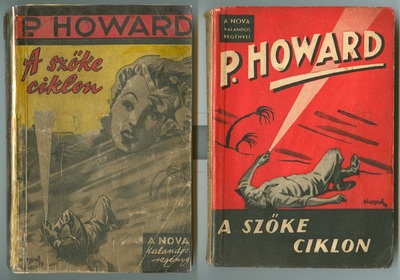
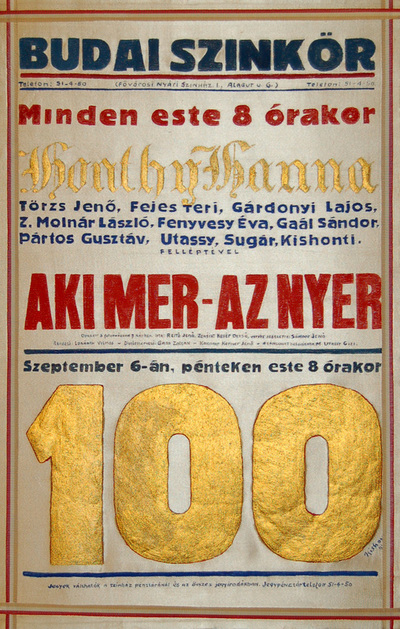
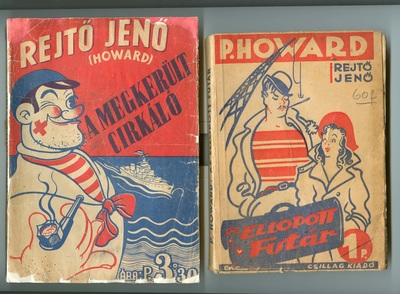
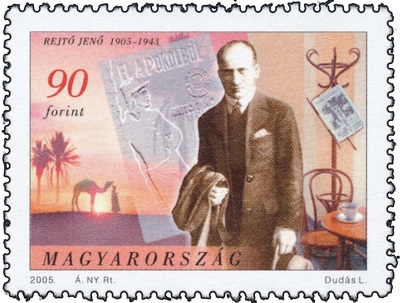
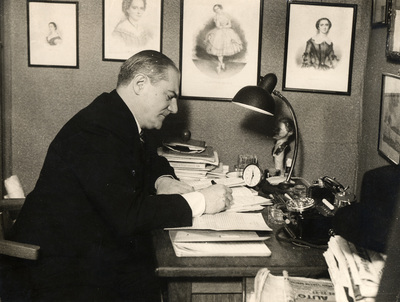
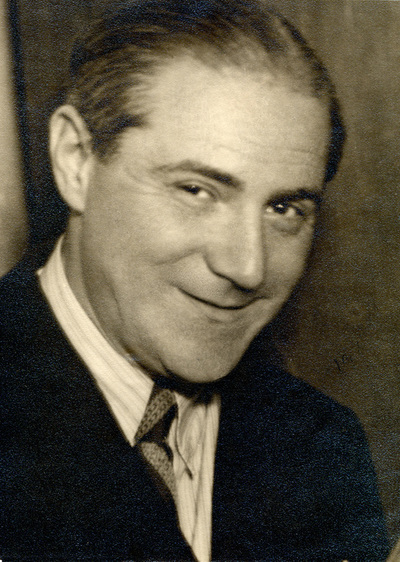
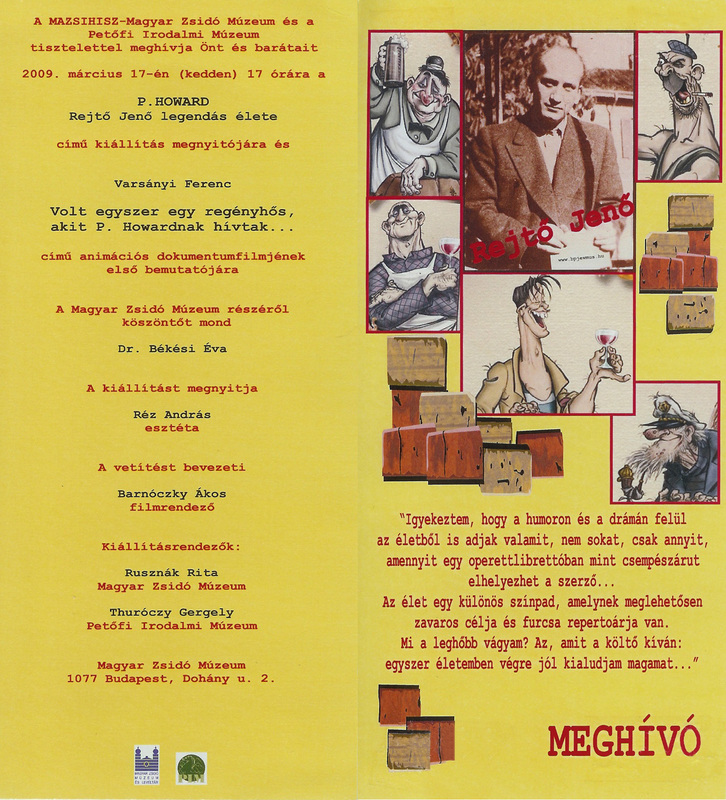
 RSS Feed
RSS Feed